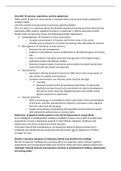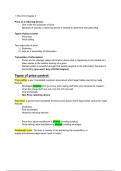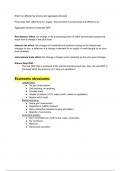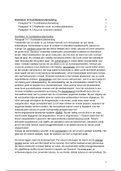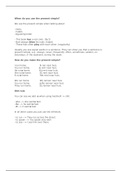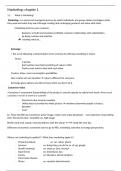Samenvatting
ECG2 literature summary
- Instelling
- Vrije Universiteit Amsterdam (VU)
This is a small revision document, with a condensed version of the literature's summary (ECG2 literature summary) and bulleted terms for quick revision and freshening up the material once you've finished studying
[Meer zien]
